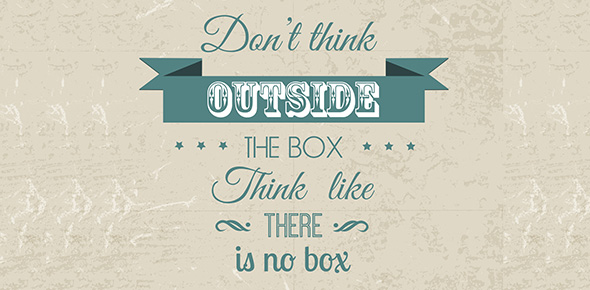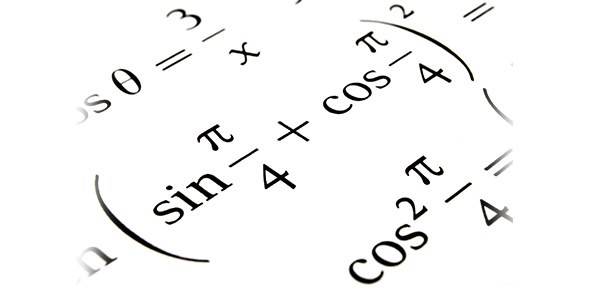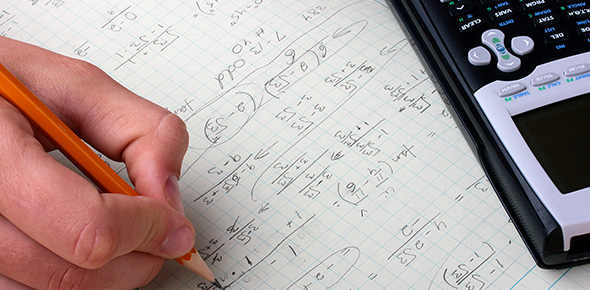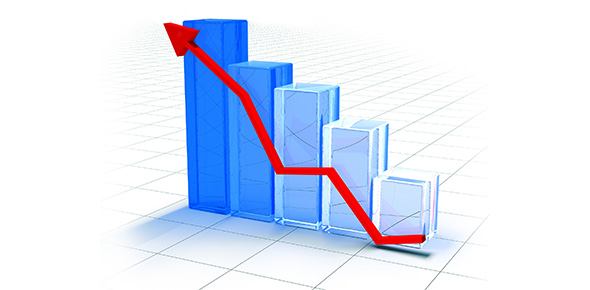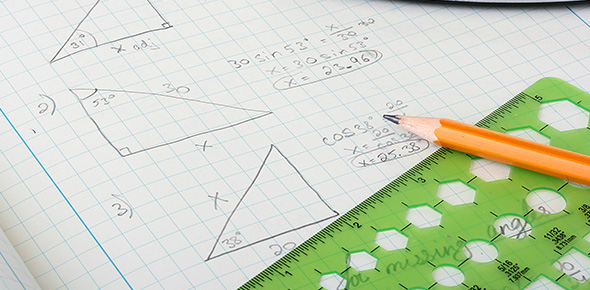Related Flashcards
Related Topics
Cards In This Set
| Front | Back |
|
Endomysium
|
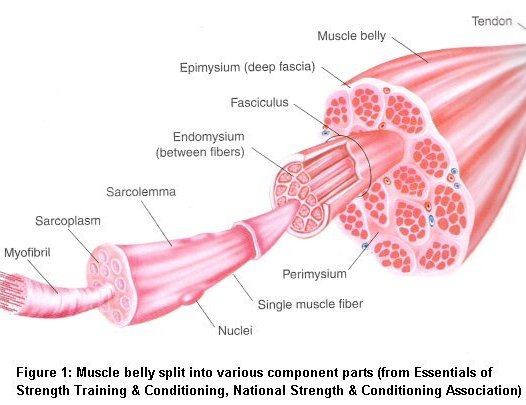 Surrounding the individual muscle fiber and thus separating the fibers from one another. A layer of connective tissue. |
|
Sarcoplasmic Reticulum
|
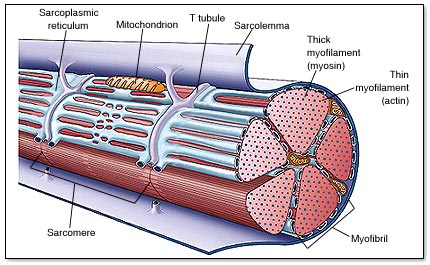 A highly specialized complex that stores calcium ions. The function of this system is described in the theory of muscle contraction. |
|
Actin
|
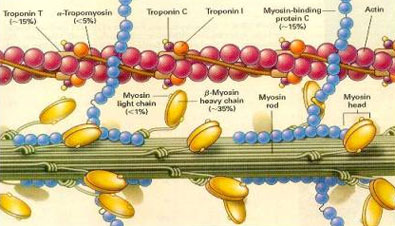 Attached are tropomyosin and troponin, which help with actin's function in muscle contraction. Tropomyosin is a long, rope-like protein that spirals around the actin double helix, blocks the binding sites for actin-myosin interaction or coupling. Troponin is a globular molecule that attaches at regular intervals to the tropomyosin. |
|
Myosin
|
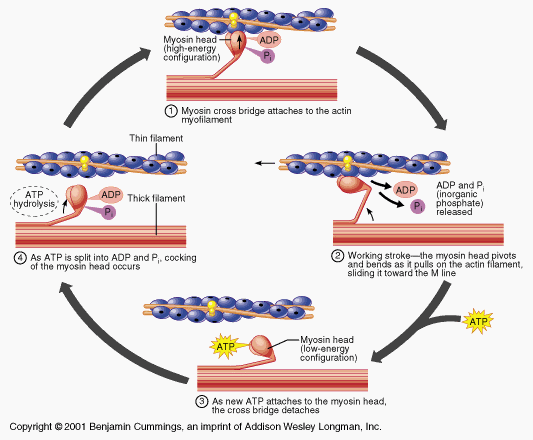 The molecule has two globular heads, called myosin heads. The change of sarcomere length occur when the myosin cross-bridges bind to sites on the actin and then rotate, causing the filament sliding. |
|
Type 1 Fibers
|
Contain a large amount of mitochondria. These are your red, slow-twitch muscle fibers. Have a less developed sarcoplasmic reticulum, which leads to a slower calcium ion-handling capability. The large capacity of mitochondrial enzymes enhances their aerobic metabolism capacity.
|
|
Type 2 Fibers
|
Have a highly developed sarcoplasmic reticulum. Ability to generate powerful, rapid muscle contractions. Called fast-twich muscle fibers. The speed of shortening and force development is three to five times faster than that of slow-twitch fibers.
|
|
Motor Unit
|
Consists of the motor nerve and the muscle fibers it innervates. Each motor nerve innervates several muscle fibers. Slower movements, like the eye, may contain only 10 muscle fibers per motor neuron.
|
|
Muscle Spindles
|
Lie parallel to muscle fibers, provide sensory feedback concerning the length change and speed of length change in muscle fibers.
|
|
Stretch Reflex
|
The muscle spindle protects the muscle from extreme ranges of stretch or from stretches that are performed too fast.
|
|
Golgi Tendon Organs
|
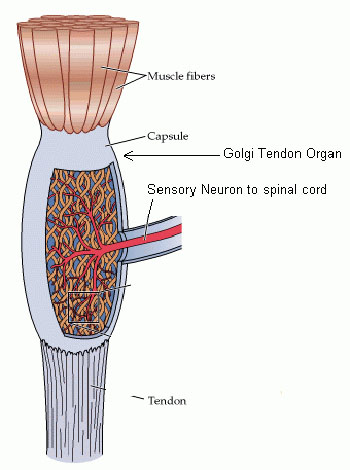 Lie within the tendons of the musculotendinous region and recognize changes in tension in the muscle. In response to this muscle tension, the central nervous system may reflexively send a message to suppress the muscular force. |
|
Axial Skeleton
|
Or central skeleton, consists of the skull, vetebral column, sternum, and ribs.
|
|
Appendicular Skeleton
|
Consists of the shoulder girdles, arms, legs, and hips.
|
|
Proprioceptors
|
Specialized receptors in muscles, joints, and tendons. Proprioceptors help maintain posture and balance when performing a movement.
|
|
Force Production by Muscle Tissue
|
-Number of muscle fibers in a motor unit.
-Size of fibers in a motor unit.
-Number of motor units activated.
-Rate coding.
-Fatigability of muscle fibers.
-Motor unit recruitment order.
|
|
Rate Coding
|
A signal to the muscle telling it how much force it should produce. more action potentials = more twitches. leads to more contraction and force.
|



